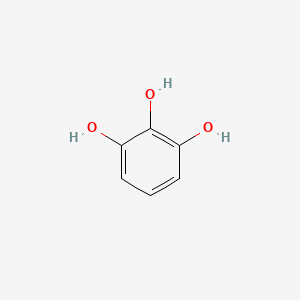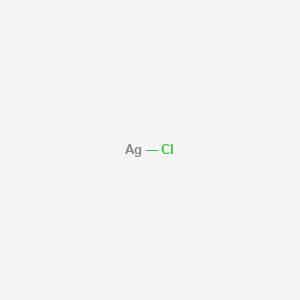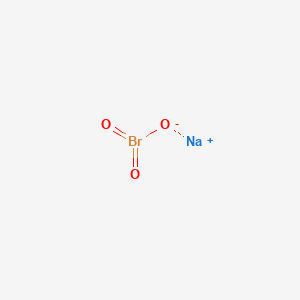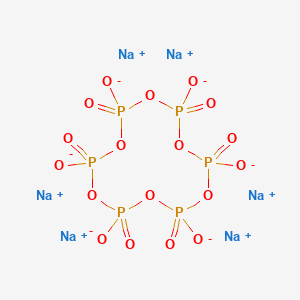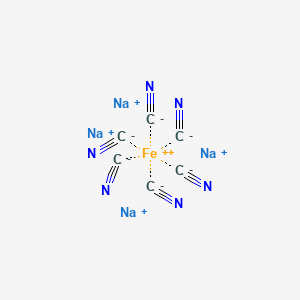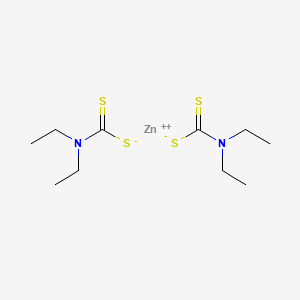Pyrogallol CAS 87-66-1
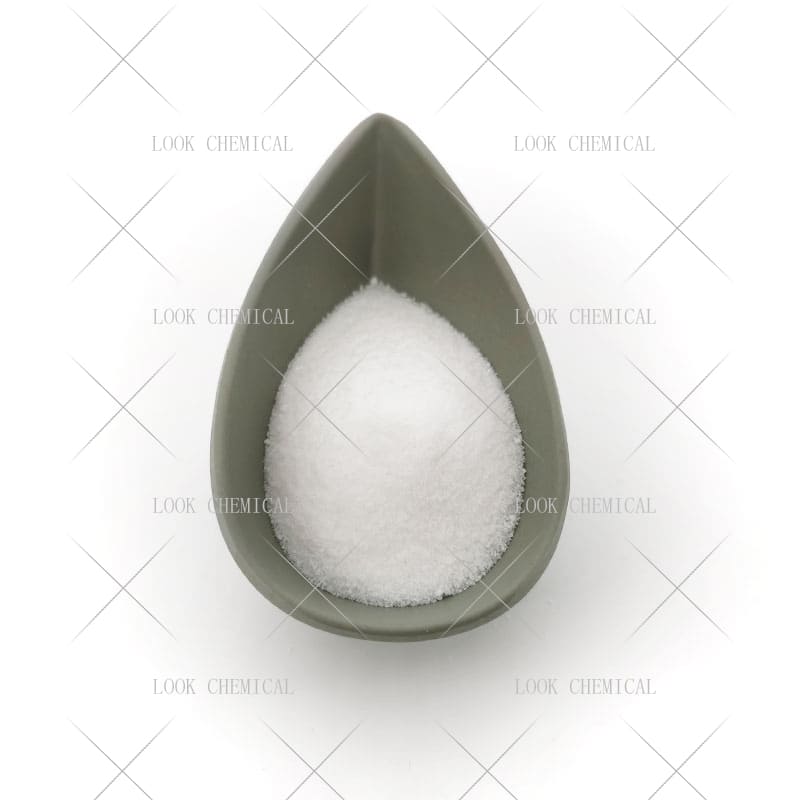
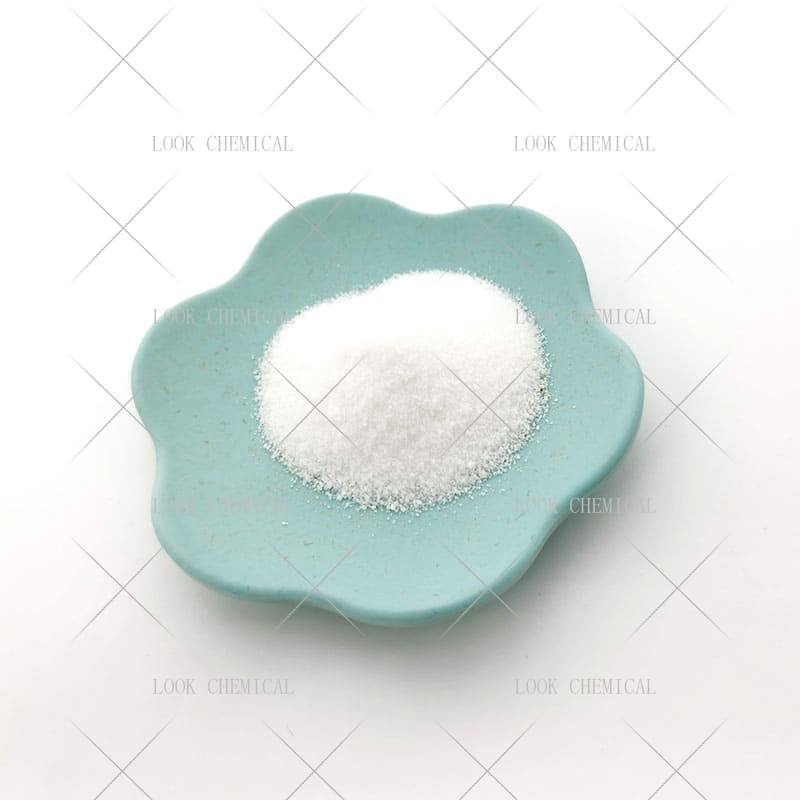
Factory Supplier Pyrogallol CAS 87-66-1
- Appearance:Liquid
- Purity:99.8%
- Delivery:30days
- Sample Available:Available
- Payment:L/C,T/T,D/P,Paypal,Money Gram,Western Union
- Incoterm: FOB,CFR,CIF,EXW,FCA,CPT,CIP
- Transporta:Ocean, Land,Air, DHL,TNT FedEx
Name: Pyrogallol
CAS: 87-66-1
MOQ: 1KG
Directory Guidance on Pyrogallol
Chemical Structure
Basic Info:
| Melting Point | 43-47 °C(lit.) |
| Boiling Point | 309 °C |
| Density | 1.112 g/mL at 25 °C(lit.) |
| Bulk Density | 600kg/m3 |
| Vapor Density | 4.4 (vs air) |
Pyrogallol Introduction:
Pyrogallol, with the chemical name 1,2, 3-trihydroxybenzene, is a simple aromatic compound with a unique molecular structure. Its molecular formula is C6H3(OH)3, with a benzene ring at its core, on which three adjacent carbon atoms are respectively connected to a hydroxyl group (-OH). This dense arrangement of ortho hydroxyl groups endows it with significant physical, chemical and biological activity characteristics that distinguish it from other phenolic compounds.
At normal temperature and pressure, pure Pyrogallol usually appears as white to light gray, slightly lustrous needle-like crystals or crystalline powder, and has a certain hygroscopicity. Its molecular weight is relatively small, at 126.11 g/mol, with a melting point ranging from 133°C to 135° C. Its boiling point is relatively high, and it decomposes at approximately 309°C rather than boiling steadily.
In terms of physical properties, the solubility of Pyrogallol in water is considerable, which is mainly attributed to the ability of the three hydroxyl groups in its molecule to form hydrogen bonds with water molecules. It also has good solubility in common organic solvents such as ethanol, ether, acetone and ethyl acetate, but its solubility in non-polar solvents such as benzene and petroleum ether is relatively low.
Solid Pyrogallol is relatively stable under dry, light-protected and low-temperature conditions. However, its aqueous solution, especially under alkaline conditions or when exposed to air (oxygen), is highly prone to oxidation reactions, with its color gradually darkening. This is a direct manifestation of its strong reducing property. This sensitivity to light, air and metal ions is a key point that requires special attention during its storage and use.
The most core chemical properties of Pyrogallol stem from the strong reducing and chelating capabilities endowed by its adjacent triphenol structure. Its reduction potential is relatively low and it is highly susceptible to oxidation by oxidants. Firstly, the corresponding semiquinone radical intermediate is formed, and eventually it can be deeply oxidized to quinone structures (such as o-quinone). This process is accompanied by a distinct color change. It is precisely this highly efficient electron transfer ability that makes it an excellent reducing agent or electron donor in numerous REDOX reactions.
Meanwhile, three adjacent hydroxyl groups form an ideal coordination environment, which can form stable complexes with specific coordination geometric configurations with various metal ions (especially high-valent transition metal ions such as Fe³⁺, Cu²⁺, Al³⁺, Ti⁴⁺, etc.). This chelating effect not only affects the reactivity of metal ions, but is also often used for masking, separating or analyzing and detecting metal ions.
Nature and Specifications:
| Item | Specification |
| Product Name | Pyrogallol |
| CAS No. | 87-66-1 |
| Appearance | Powder |
| Shelf Life | 2 years |
| Packing | As Your Requirements |
| Vapor Pressure | 10 mm Hg ( 167.7 °C) |
| Refractive Index | n20/D 1.387 |
| Fp | >230 °F |
| Storage Temp. | Store below +30°C. |
Product service:
- Certificate Of Analysis (COA)
- Material Safety Data Sheet (MSDS)
- Route of synthesis (ROS)
- Method of Aanlysis (MOA)
- Nuclear Magnetic Resonance (NMR)
- Packing pictures and loading video before loading
- Free Sample
- Factory audit
The Application Situation Of Pyrogallol
In the field of analytical chemistry, Pyrogallol is a classic and sensitive reagent. One of its most famous applications is as a classic reagent for detecting dissolved oxygen (in a modified version of the Winkler method), using its characteristic of being quantitatively oxidized by oxygen to determine trace dissolved oxygen in water samples. This method plays an important role in environmental monitoring and water quality analysis.
It is also an important colorimetric or complexing agent for detecting a variety of metal ions. For example, it reacts with iron ions (Fe³⁺) to generate a characteristic blue-black complex (iron-pyrogallol complex), which is often used for spectrophotometric determination of iron or as part of a colorimetric indicator system. Based on its reducing property, it can also be used for the quantitative determination of certain oxidants in titration analysis. In gas analysis, it is used to absorb oxygen in mixed gases.
In the photographic technology and dye industry, Pyrogallol has played a key role. In traditional black-and-white photographic chemistry, it is one of the important developer components. As a reducing agent, it can selectively reduce exposed silver halide particles to black metallic silver to form a visible image. Although digital photography has become popular, it is still used in artistic photography and special processes.
In dye synthesis, Pyrogallol is an important intermediate or structural unit for the synthesis of certain anthraquinone dyes, triarylmethane dyes, and complex heterocyclic dyes. The hydroxyl group and reactive sites in its molecular structure provide the basis for the construction of chromophores. It is also directly used in certain mordant dyes or as a component of hair dyes, using its complexation and color development with metal ions.
In the field of agricultural chemistry, Pyrogallol and its derivatives show certain application value. Based on its antibacterial and antioxidant properties, it or its modified products are studied or used as active ingredients or synergists of certain agrochemicals (such as fungicides and preservatives) to protect crops or agricultural products. In plant growth regulation research, it has been shown that a certain concentration of Pyrogallol may affect the physiological processes of certain plants (such as rooting), but its mechanism of action and application potential are still under in-depth study. In addition, it can also be used as an intermediate in the synthesis of certain pesticides.
As an important organic synthesis intermediate, the chemical transformation of Pyrogallol is fully utilized. The positioning effect and reactivity of the three hydroxyl groups on its benzene ring make it easy to undergo electrophilic substitution reactions (such as halogenation, nitration, sulfonation, which requires controlled conditions), etherification reactions (synthesis of alkyl or aryl ether derivatives), esterification reactions, etc. Through selective protection and deprotection strategies, more complex fine chemicals can be synthesized, such as drug intermediates, special polymer monomers, liquid crystal material precursors, ligand molecules, etc. Its oxidation products (such as o-phenyltriquinone) are also reactive synthetic building blocks. This role as a multifunctional synthon greatly expands its application boundaries.
The Advantages Of Pyrogallol
In specific application scenarios, Pyrogallol exhibits relative environmental friendliness and an acceptable safety spectrum. Although its pure product is somewhat toxic and irritating, its use concentration is usually low in many industrial applications (such as polymer additives and water treatment deoxidizers), and the residual amount in the final product is strictly controlled and meets the requirements of relevant regulations.
Compared with some corrosion inhibitors, antioxidants or chlorine- and sulfur-containing deoxidizers containing heavy metals, Pyrogallol has a relatively simple molecular composition (containing only C, H, O), and its degradation products are usually quinones, organic acids, and even eventually mineralized into CO2 and water. It is relatively easy to biodegrade or chemically decompose in the environment, and is not easy to produce persistent toxic residues or bioaccumulation effects. This gives it certain advantages in the context of increasingly stringent environmental regulations.
Good thermal stability is the key guarantee for its application in high-temperature processing. When used as an antioxidant or inhibitor for polymer materials (such as rubber and plastics), the material often needs to be processed by mixing, extrusion, injection molding, etc. at higher temperatures.
Pyrogallol has a relatively high melting point and decomposition temperature. It can maintain structural stability and chemical activity within the common polymer processing temperature range (usually 150°C – 250°C). It is not easy to lose a lot due to volatilization or thermal decomposition, so it can continue to effectively exert its antioxidant and anti-polymerization functions. This thermal stability is the basis for its ability to cope with harsh processing conditions and ensures its long-term effectiveness in material protection.
From the perspective of economy and availability, Pyrogallol has the feasibility of large-scale industrial application. After long-term technological development and process optimization, its industrial synthesis route (such as sulfonation alkali fusion method with resorcinol as raw material, or reduction route based on nitro compounds, etc.) has become quite mature, the source of raw materials is relatively stable (derived from bulk petrochemical products such as benzene and toluene), and the production process can be continuous and scaled.
This effectively controls its production cost and the market price is within the acceptable range for most industrial applications. At the same time, there are many suppliers with large-scale production capabilities around the world, which ensures the stability of the supply chain and the stable supply of products, and meets the growing needs of different downstream industries.
Pyrogallol has a simple molecular structure, but contains abundant chemical reaction sites with clear directionality. The three hydroxyl groups on the benzene ring can not only undergo derivatization reactions such as etherification and esterification, but also the positioning effect of the ortho-para positions makes electrophilic substitution reactions (such as halogenation and nitration) regioselective, usually preferentially occurring at positions 4, 5, and 6. This multi-reactivity makes it a very valuable “multifunctional platform molecule” in synthetic chemistry.
Through chemical modification (such as selective protection of a hydroxyl group, alkylation, acylation, introduction of other functional groups), a series of derivatives with diverse structures and properties can be easily prepared, thereby precisely regulating their solubility, reactivity, stability, toxicity or giving them new functions (such as fluorescence, liquid crystal, specific biological activity), greatly expanding their application potential, extending from basic chemicals to the field of high-end fine chemicals.
Contact Us
Product Package picture:
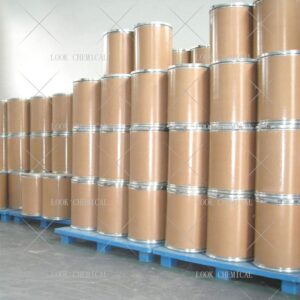
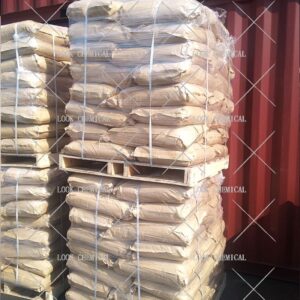
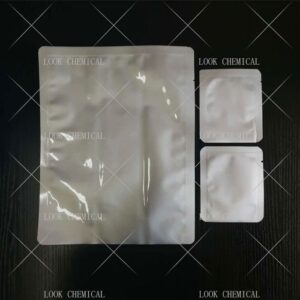
Related References:
Chemicalbook-Pyrogallol
Pyrogallol Manufacturer
Contact Us
As an experienced Pyrogallol manufacturer and supplier, Look Chemical is committed to producing and selling high quality products.
We cooperate and trade with 6000+ factories around the world, and our high-quality products and excellent services make us enjoy a high reputation internationally.
As Pyrogallol CAS 87-66-1 supplier, Look Chemical provides supply chain solutions to partners and customers in a wide range of industries. We offer competitive pricing and quality products.
If you have a demand for this product, please contact our company’s sales staff, we will provide you with a solution in the shortest time.
Transport proposal

1. For products ≤50kg, we recommend using express delivery, which is usually called DDU service (discounted, convenient).
2. For products ≤500kg, we generally recommend air freight, which is usually called FOB, CFR or CIF service (fast and efficient).
3. For products >500kg, we generally recommend shipping by sea, which is usually called FOB, CFR or CIF service (economical, safe).
4. For high-value products, please choose air or express to ensure the safety of product transportation.
Shandong Lookchemical service:
* Timely reply and 24 hours online, the professional team will provide you with the most favorable prices and high-quality products.
* The sample supports testing and inspection.
* Each batch of products will be tested to ensure that its quality meets user needs.
*Packaging can also be made according to customer requirements.
*Any inquiries will be answered by our relevant personnel within 24 hours.
*We will provide you with commercial invoice, packing list, packing list, COA, health certificate and certificate of origin if you need it. If your market has other special requirements, please let us know.
*We will monitor the logistics information in real time and will share the information with you.
* You can consult us at any time if you have any questions about the product, and we will answer you in time.
*If you have any questions about the product, you can report it to us, we will deal with it in time for you, and the product can be returned.
Contact Us
Frequently Asked Questions(FAQ):
We will make samples before mass production, and after sample approved, we’ll begin mass production. Doing 100% inspection during production, then do random inspection before packing.
Our MOQ is 1kg. But usually we accept less quantity such as 100g on the condition that sample charge is 100% paid.
Yes. We’ll give you product analysis report before shipping.
Different quantity has different discount.
Yes. Welcome to visit.
You can get free samples for some products,you only need to pay the shipping cost or arrange a courier to us and take the samples. You can send us your product specifications and requests,we will manufacture the products according to your requests.

